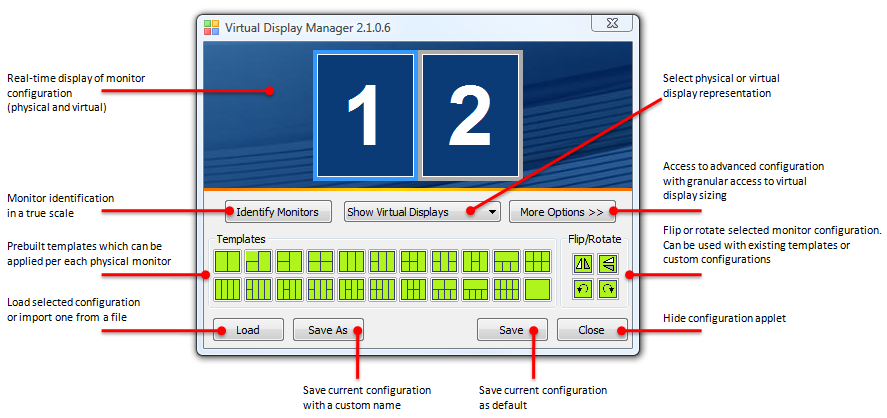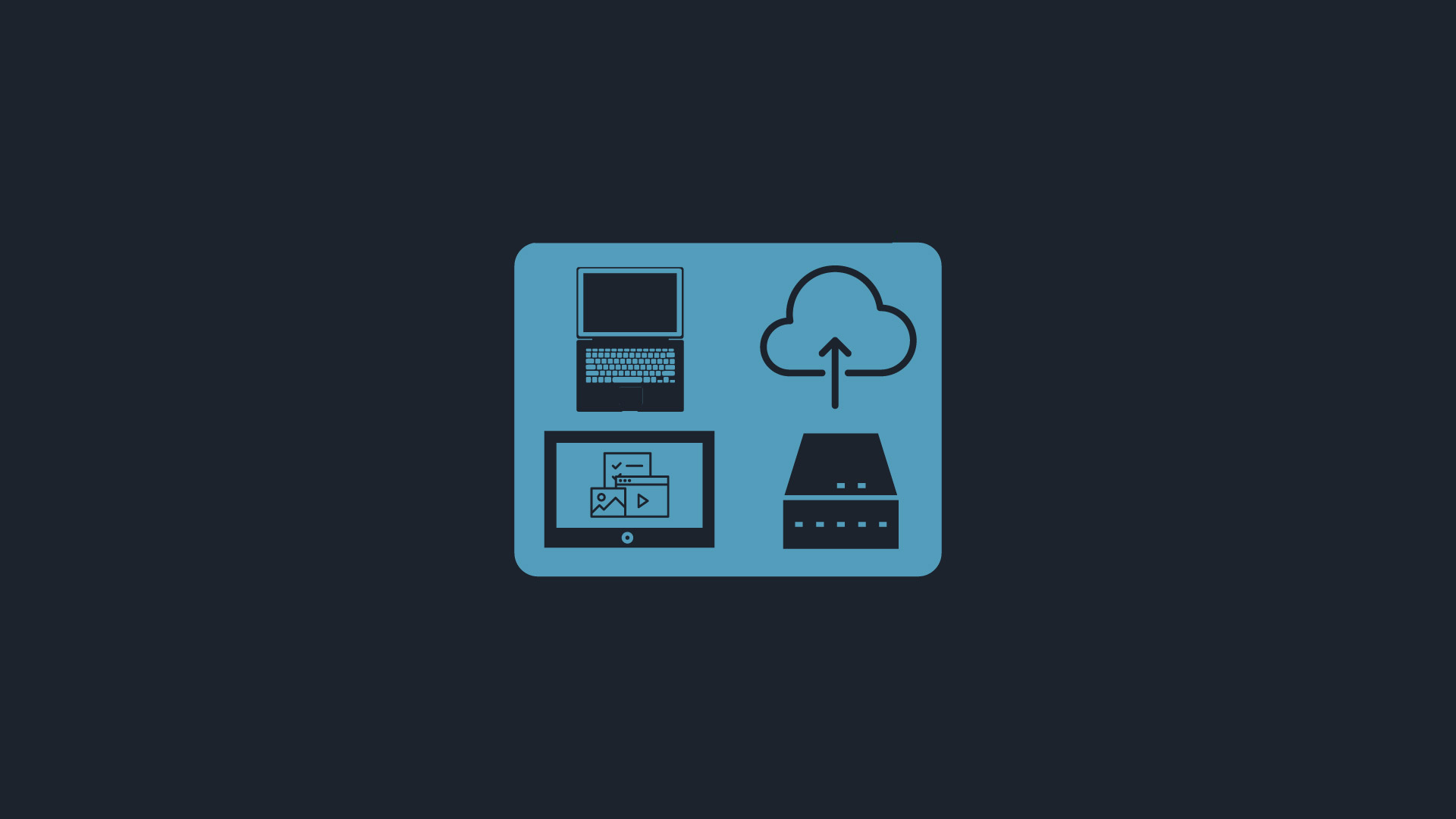Enhancing Workflows: The Future of Remote Content Management for Digital Signage
Enhancing Workflows: The Future of Remote Content Management for Digital Signage
Blog Article
Learn the Trick Techniques for Successful Show Monitoring in Your Signage System Application
Efficient screen management is important for the success of any signage system execution. By comprehending your audience's demographics and preferences, you can customize web content that resonates, while enhancing multimedia delivery guarantees engagement. Additionally, guaranteeing compatibility between equipment and software program is essential for smooth operation. The trip does not finish there; continual monitoring of performance metrics and developing a durable upkeep plan are equally crucial to maintain efficiency. As we explore these essential techniques, take into consideration just how each component interplays to create an impactful and cohesive signage experience. What insights might emerge when you examine your existing technique?
Understand Your Target Market
Recognizing your audience is a basic component of efficient screen monitoring techniques. In any signs system implementation, identifying the demographics, choices, and behaviors of your target audience is vital. This understanding permits the production of customized material that resonates with viewers, guaranteeing that the messaging is not only seen but also engaged with meaningfully.

Furthermore, take into consideration the context in which your target market will certainly experience your display screens. Comprehending environmental factors, such as area and timing, can substantially affect just how messages are obtained. By aligning your display approaches with target market expectations and situational contexts, you can boost interaction and drive desired actions.
Ultimately, a deep understanding of your target market not only notifies reliable web content creation but also enhances the general influence of your display screen administration strategies, resulting in even more effective end results in your signage system implementation.
Maximize Content Delivery
Reliable material delivery is an important expansion of target market understanding, as it identifies how well your message is gotten and acted on (foot traffic measurement). To maximize content distribution within your signage system, concentrate on a few important techniques. First, ensure that your web content is succinct and pertinent. Target markets are more probable to engage with clear, uncomplicated messages that line up with their passions and needs.
Following, take into consideration the appropriate timing for your material display. Utilize information analytics to identify optimal interaction durations and timetable material releases as necessary. This ensures that your messages get to the optimum variety of audiences.
In addition, take advantage of multimedia components to improve involvement. Integrating videos, computer animations, and photos can considerably boost target market focus and retention of details. Nonetheless, balance is essential; avoid overwhelming customers with excessive multimedia that may sidetrack from the core message.
Furthermore, keep uniformity in branding and messaging throughout all display screens. By applying these approaches, you can substantially enhance the efficiency of your content distribution in a signage system.
Ensure Technical Compatibility
To attain smooth web content distribution within your signage system, guaranteeing technical compatibility is essential. This process includes verifying that all hardware parts, software program applications, and network facilities function cohesively. Begin by reviewing the screen devices; inspect their resolution, aspect proportions, and link user interfaces to validate they align with your web content requirements.
Next, evaluate the software application demands of your web content administration system (CMS) to make certain compatibility with the screen equipment. This includes taking a look at operating systems, documents styles, and inscribing criteria. It is important that the CMS can sustain the planned media kinds, click here for info consisting of photos, video clips, and interactive components, without efficiency destruction.
Furthermore, think about the network environment. A robust network infrastructure is vital for real-time material updates and remote management. Make certain that your network can handle the necessary transmission capacity and latency requirements for optimal efficiency.
Last but not least, strategy for future scalability. DISPLAY MANAGEMENT. As technology advances, your signs system need to adapt to include new developments. By focusing on technological compatibility during the application phase, you not just simplify the release procedure however also lay a strong structure for lasting anchor success in your screen monitoring method
Screen and Analyze Efficiency
Consistently checking and assessing performance is essential for maximizing your screen monitoring approach. This procedure enables organizations to examine the efficiency of their signage systems, making sure that web content reverberates with the target market and meets strategic purposes. Secret performance signs (KPIs) such as audience involvement, content recall, and dwell time can supply useful understandings into exactly how well screens are carrying out.
Using analytics tools can help in gathering data on visitor communications and behaviors. By examining this data, organizations can recognize patterns and fads, enabling even more educated decision-making relating to web content updates and show positionings. Additionally, comprehending the top interaction times can help with better scheduling of messages, making best use of target market exposure.
It is crucial to develop a regular for performance examination, whether on an once a week, regular monthly, or quarterly basis, depending on the scale and objectives of the signage system. With constant tracking and analysis, companies can ensure their signage systems remain impactful and relevant in a dynamic atmosphere.
Develop an Upkeep Strategy

Normal inspections should concentrate on assessing the physical condition of the screens, consisting of displays, places, and links. Determining wear and tear at an early stage permits positive repair services, which can conserve expenses over time. Regular cleaning is equally vital; dust and debris can impair review exposure and cause overheating, inevitably influencing efficiency.
In enhancement to physical upkeep, software program upkeep is important. Keeping firmware and applications up to date makes certain that the system runs efficiently and safely. This likewise consists of surveillance for compatibility with brand-new material types and modern technologies.

Conclusion
Successful display administration in signs system implementation demands a comprehensive method that includes understanding audience demographics, maximizing content shipment, making sure technological compatibility, and keeping an eye on performance metrics. By incorporating these techniques, companies can considerably enhance audience involvement and drive desired activities, eventually taking full advantage of the influence of their signage systems.
Reliable display management is essential for the success of any signs system implementation.Following, examine the software needs of your content administration system (CMS) to ensure compatibility with the screen hardware.An extensive maintenance plan is important for making sure the long life and ideal performance of display systems. By establishing and sticking to a durable maintenance plan, organizations can optimize their screen system investments and improve overall functional performance.
Successful display screen administration in signage system application necessitates a detailed strategy that encompasses understanding audience demographics, maximizing material distribution, guaranteeing technological compatibility, and keeping track of performance metrics.
Report this page